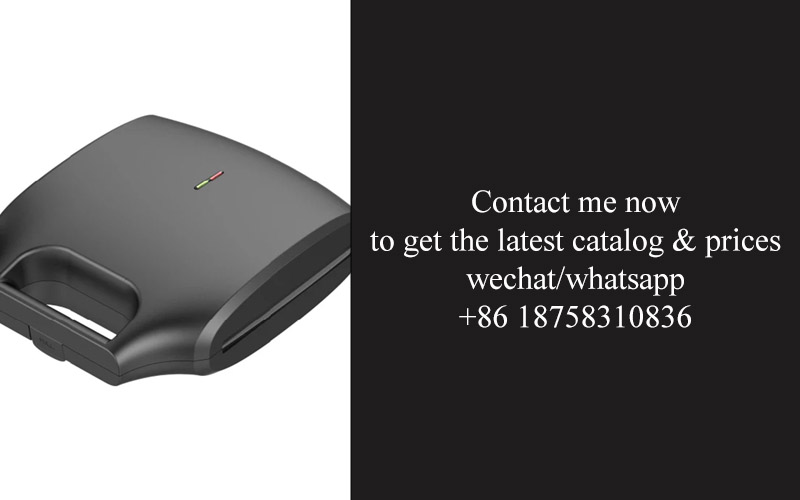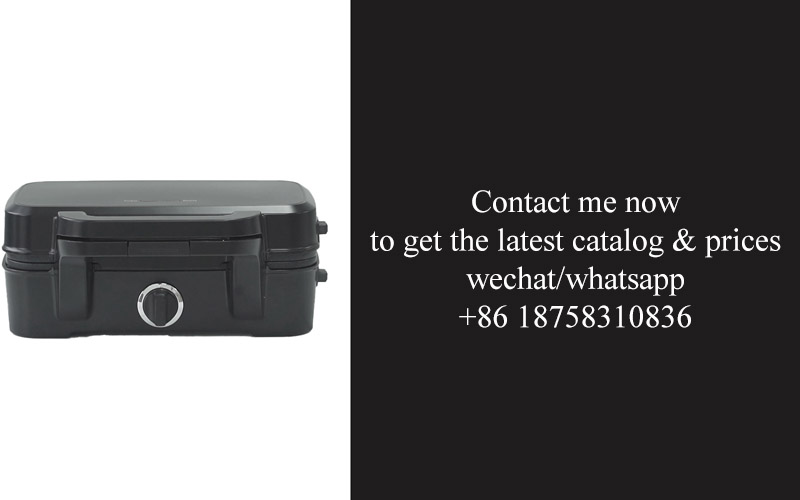Address
304 North Cardinal
St. Dorchester Center, MA 02124
Work Hours
Monday to Friday: 7AM - 7PM
Weekend: 10AM - 5PM
Address
304 North Cardinal
St. Dorchester Center, MA 02124
Work Hours
Monday to Friday: 7AM - 7PM
Weekend: 10AM - 5PM

In a world where the lines between human ingenuity and machine capability blur, the story of machine-driven manufacturing is one of continuous transformation and innovation. From the early days of manual craftsmanship to the sophisticated, automated factories of today, the evolution of this industry is a testament to human perseverance and technological advancement. This narrative delves into the intricacies of machine integration, exploring the triumphs and challenges that have shaped the landscape of modern manufacturing.
The early days of manufacturing were marked by manual labor and rudimentary tools. Craftsmen would handcraft goods with precision and care, often creating items that were both unique and time-consuming to produce.
As the Industrial Revolution swept across Europe, the landscape of manufacturing transformed dramatically. The introduction of steam power and mechanization led to the birth of factories, where machines began to take over repetitive tasks, increasing efficiency and output.
The 20th century saw further advancements with the advent of electrical power and automation. Assembly lines became the norm, allowing for mass production of goods at unprecedented rates. This era was characterized by the rise of giants like Ford and the introduction of the Model T, which epitomized the efficiency of modern manufacturing.
The late 20th and early 21st centuries brought about a new wave of innovation. The integration of computers and robotics into manufacturing processes led to the era of Industry 4.0, where digitalization and connectivity became integral to the production cycle.
Today, we find ourselves in an era where smart factories and the Internet of Things (IoT) are reshaping the landscape once more. Advanced technologies like artificial intelligence and machine learning are not only optimizing production but also enabling predictive maintenance and adaptive manufacturing processes.

Machines have become the backbone of the manufacturing industry, driving efficiency and productivity in ways that were once unimaginable. They perform tasks with precision and consistency, reducing the margin for human error.
In the realm of assembly, machines have revolutionized the process, allowing for the seamless and rapid assembly of complex products. From cars to electronics, the speed and reliability of automated assembly lines have become the standard.
Quality control has also been greatly enhanced by the introduction of machines. Advanced sensors and inspection systems can detect defects and inconsistencies with high accuracy, ensuring that only the highest quality products leave the factory.
Machines are not just limited to assembly and quality control; they play a crucial role in the design phase as well. CAD (Computer-Aided Design) software allows engineers to create detailed and intricate designs that can be easily translated into physical products.
Moreover, the use of robots in manufacturing has expanded beyond simple assembly tasks. Collaborative robots, or cobots, are now working alongside human workers, performing tasks that require both strength and precision, such as welding or handling heavy materials.
The integration of machines into manufacturing processes has also led to significant advancements in energy efficiency. Machines can be programmed to optimize energy use, reducing waste and lowering operational costs.
In essence, machines have become indispensable in the industry, not only for their ability to perform tasks with unparalleled speed and accuracy but also for their role in driving innovation and sustainability.

The integration of artificial intelligence into manufacturing processes has paved the way for smarter, more adaptable machines. AI algorithms can analyze vast amounts of data to predict maintenance needs, optimize production schedules, and even suggest improvements to product design.
Advanced robotics have pushed the boundaries of what machines can do. Today’s robots are not just limited to repetitive tasks; they can now perform complex operations with a degree of flexibility and adaptability that was once reserved for humans.
3D printing has emerged as a groundbreaking technology in machine-driven manufacturing. It allows for the creation of intricate parts and prototypes with ease, reducing the time and cost associated with traditional manufacturing methods.
The Internet of Things (IoT) has connected machines across the manufacturing floor, enabling real-time monitoring and control. This connectivity allows for predictive maintenance, where machines can alert operators before potential issues arise, thus minimizing downtime.
Machine vision systems have become increasingly sophisticated, enabling machines to “see” and interpret the world around them. This technology is used for quality control, automated assembly, and even for guiding robots in complex tasks.
Energy-efficient technologies are being integrated into machine-driven manufacturing to reduce the carbon footprint. Machines are now designed to consume less power while maintaining or improving their performance, contributing to a more sustainable industry.

Integrating machines into manufacturing processes brings about a host of challenges, but innovative solutions are emerging to tackle these issues head-on.
One significant challenge is the complexity of integrating various machines and systems. Manufacturers are turning to modular designs and standardized interfaces to ensure compatibility and ease of integration.
Another challenge is the need for skilled labor to operate and maintain these machines. Training programs and the development of new roles, such as “digital artisans,” are being implemented to bridge the skills gap.
Cybersecurity concerns are paramount in a connected manufacturing environment. Companies are investing in robust security protocols and continuous monitoring to protect against cyber threats.
The physical space required for large machinery can be a constraint. Vertical integration and the use of space-saving technologies, like stackable storage systems, are being employed to maximize the use of available space.
Lastly, the cost of implementing new machinery can be prohibitive. Leasing options, energy-saving technologies, and government incentives are helping to offset these initial expenses.

In a world dominated by machines, the human touch remains invaluable. Employees are adapting their roles to work alongside robots, often taking on tasks that require creativity and problem-solving skills.
Collaborative robots, or cobots, are designed to work alongside humans, reducing the physical strain of certain tasks while still allowing for the human element in decision-making and innovation.
Training and upskilling programs are becoming increasingly important as the workforce transitions to a more machine-centric environment. These initiatives help workers stay relevant and adapt to new technologies.
Leadership in a machine-centric world is evolving. Managers are focusing on fostering a culture of continuous learning and encouraging a balance between technology and human intuition.
The human element also plays a crucial role in ensuring the safety and well-being of workers. Ergonomic designs and safety protocols are being developed to create a harmonious workspace where humans and machines coexist.
Lastly, the human aspect of decision-making is essential in ethical considerations and long-term planning. While machines excel at processing data, it’s humans who navigate the moral and strategic implications of their actions.

At Tesla, the integration of automated assembly lines has significantly reduced production times and costs, leading to the rapid production of electric vehicles.
In the aerospace industry, Boeing’s use of advanced robotics and AI in manufacturing has streamlined the production of complex aircraft components, improving quality and efficiency.
German automaker BMW has implemented a smart factory initiative that utilizes IoT and machine learning to optimize production processes and reduce waste.
Nestlé’s factory in Switzerland employs state-of-the-art 3D printing technology to customize packaging and create complex shapes, showcasing the potential of additive manufacturing in the food industry.
The clothing brand Adidas has revolutionized its supply chain by integrating digital manufacturing and on-demand production, reducing inventory and waste while increasing speed to market.

Artificial intelligence is expected to become even more deeply integrated into manufacturing processes, potentially leading to self-learning systems that continuously optimize production.
The rise of additive manufacturing could see a shift towards on-demand production, where goods are made to order, reducing the need for bulk inventory and transportation.
Augmented reality (AR) and virtual reality (VR) are likely to play a greater role in training and maintenance, providing immersive experiences that enhance the effectiveness of these activities.
As renewable energy sources become more accessible, the manufacturing sector may see a significant shift towards more sustainable practices, with cleaner energy becoming the norm.
The concept of the “digital twin” could become prevalent, where virtual models of physical products are used for simulation and optimization, leading to more efficient design and manufacturing processes.
The future may also bring about a more collaborative relationship between humans and machines, with robots and AI systems becoming extensions of human capabilities, rather than replacements.